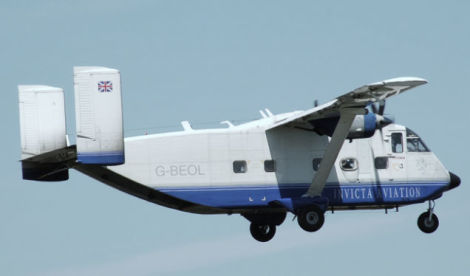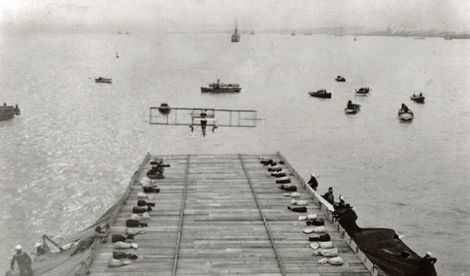Welcome to This Date in Aviation History, getting of you caught up on milestones, important historical events and people in aviation from January 16 through January 18.

January 17, 1991 – Operation Desert Storm begins with a massive air campaign against Iraqi forces in Kuwait and Iraq. It’s difficult to know what Iraqi president Saddam Hussein was thinking when he invaded the tiny nation of Kuwait on Iraq’s southern border on August 2, 1990. Some point to a dispute over slant drilling, with Hussein accusing the Kuwaitis of drilling underneath Iraqi soil from the Kuwaiti side of the border. Others suggest that Hussein was trying to rain riches from Kuwait to offset the huge debt incurred by the Iraqi government following a protracted war with Iran. Or perhaps it was simply hubris on the part of a ruthless dictator. Regardless, the invasion brought swift condemnation from all of the world’s major powers. One day after the invasion, the United Nations passed Resolution 660 calling for the immediate withdrawal of Iraqi troops. When negotiations failed a coalition of nations, led by the United States, decided to liberate Kuwait militarily, launching a two-part operation that began with Operation Desert Shield, a massive air assault against Iraqi ground positions. Desert Shield was followed by Operation Desert Storm, when ground forces moved into Kuwait and Iraq.
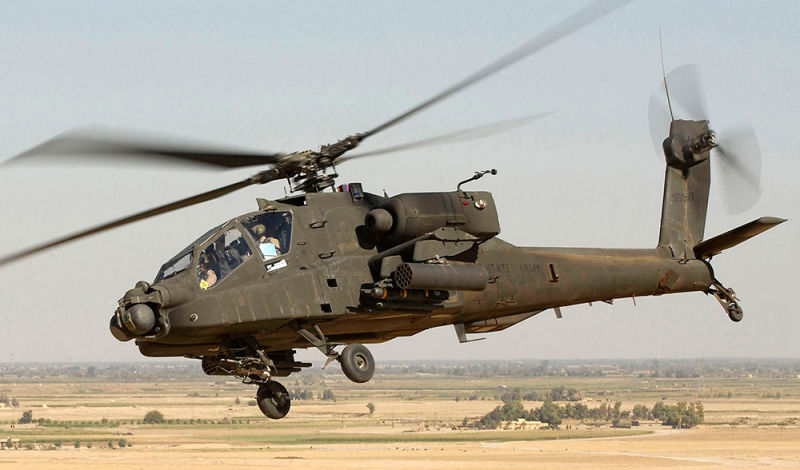
The air assault began at 2:10 am on the morning of January 17, when Task Force Normandy, a flight of eight Boeing AH-64 Apache attack helicopters led by two Sikorsky MH-53 Pave Low helicopters, destroyed radar sites on the Iraqi border that would have alerted the Iraqi defenses of an impending attack. This was followed with sorties against airfields, radar installations, and Iraqi command and control centers as far north as Baghdad. Tomahawk cruise missiles were fired at the Iraqi capital from ships of the US Navy, and Boeing B-52G Stratofortresses flew all the way from Louisiana to drop their bombs on Iraqi targets.
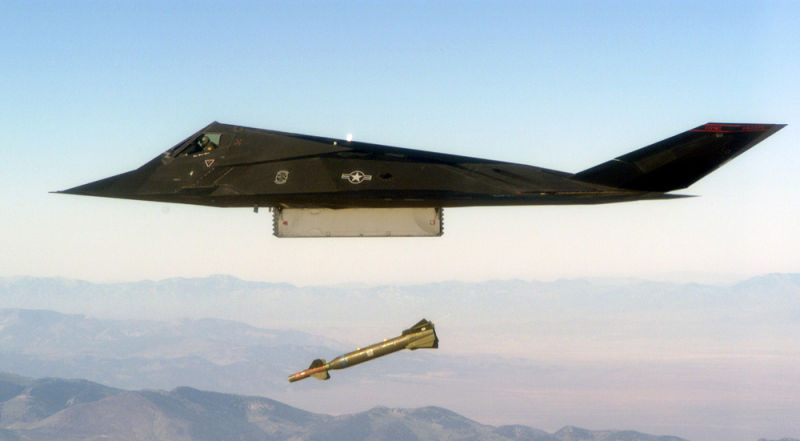
And while it wasn’t the first time that the Lockheed F-117 Nighthawk had flown into battle (two took part in the invasion of Panama in 1989), it was the first time they were employed in large numbers. Flying over Baghdad, one of the most heavily defended cities in the world, the Nighthawks went completely undetected. The only way the Iraqis knew there were bombers in the air was when something blew up. Employing extremely accurate laser guided bombs, the Nighthawks were able to destroy almost all of the vital command and control centers in the capital on the first night of the campaign. The F-117 was so effective, and invisible to Iraqi defenders, that even though it flew only one percent of all sorties by Coalition forces, Nighthawk pilots accounted for forty percent of all bomb damage, and had an astounding seventy-five percent rate of direct hits. Not one F-117 was struck by enemy fire.
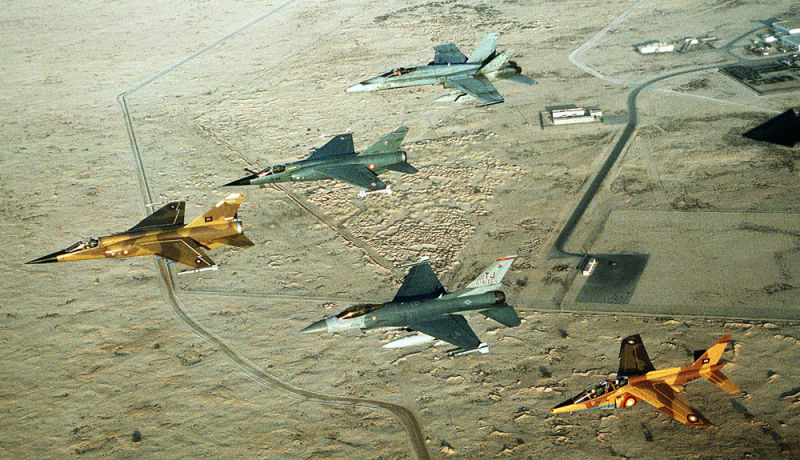
But it wasn’t all stealth fighters doing the work. More than 1,000 sorties were flown that first night, including Grumman EF-111A Raven electronic warfare planes that escorted McDonnell Douglas F-15E Strike Eagles to bomb Iraqi airfields. During that mission, one of the Ravens scored a kill against an Iraqi Dassault Mirage F-1 when the Mirage’s pilot crashed while maneuvering to avoid the Raven. This marked the only time an F-111 achieved an aerial victory over an opponent. US Navy fighters and attack aircraft also took part in the action and, in one instance, two McDonnell Douglas F/A-18 Hornets, on their way to attack Iraqi oil fields, dispatched two Iraqi MiG-21 fighters before continuing to the target and dropping their bombs. Though the bulk of combat missions were flown by the US, British Tornado and Jaguar fighters played an important role in attacking air fields and ground targets. French Jaguars and Mirage F1s also pressed the ground attack, while Mirage 2000 fighters provided cover for the bombers. Canadian forces flying the CF-18 Hornet took part in escort and ground attack missions.

The air campaign continued until February 23 and, by the time the Coalition ground forces entered Kuwait, the much vaunted Iraqi air force had either been completely destroyed or fled, and command of Iraqi troops was virtually impossible. In a lightning “hail Mary” sweep through southern Iraq led by tank-busting A-10 Thunderbolt II attack aircraft, Coalition forces surrounded and cut off the Iraqi army. Retreating Iraqi forces were decimated by aerial attacks by Coalition aircraft on the so-called Highway of Death, killing anywhere from 2,000-10,000 Iraqi invaders. Operation Desert Storm had taken a mere 100 hours to liberate Kuwait. In all, Coalition forces lost 52 fixed-wing aircraft (39 in combat) and 23 helicopters (five lost in combat), with 46 pilots and crew killed or missing. Though some Iraqi pilots chose to flee to Iran rather than fight, the Iraqi air force lost 259 aircraft, while as many as 12,000 soldiers were killed along with an estimated 3,000 civilians.
Short Takeoff
January 16, 1969 – The docking of Soyuz 4 and Soyuz 5, the first time that two spacecraft docked in space and transferred crew from one ship to the other. Soyuz 4, piloted by a single cosmonaut, blasted off from the Baikonur Cosmodrome on January 14. Soyuz 5 blasted off one day later with a crew of three cosmonauts. All four cosmonauts were flying on their first mission into space. Soyuz 4 and 5 successfully docked on January 16 and, on the 65th orbit of the Earth, two cosmonauts from Soyuz 5 performed a space walk to transfer to Soyuz 4, as a docking tube had not yet been developed. Soyuz 4 and 5 returned to Earth on January 17 and 18 respectively. The Americans had made their first successful docking in orbit on July 19, 1966 during Gemini 10.
January 17, 1963 – The first flight of the Short SC.7 Skyvan, a 19-seat, twin turboprop utility aircraft developed by Short Brothers (Shorts) of Northern Ireland. The SC.7 was inspired by the Miles Aerovan, and the idea for developing the Skyvan came about when Miles Aircraft approached Shorts with the idea of developing the Aerovan. Shorts went about building their own aircraft instead, though the two designs do share certain similarities. The Skyvan’s cavernous fuselage makes it ideal for cargo hauling and skydiving, and it was later developed into the Short 330 and 360 which were used as commuter airliners. A total of 153 Skyvans were produced between 1963-1986.
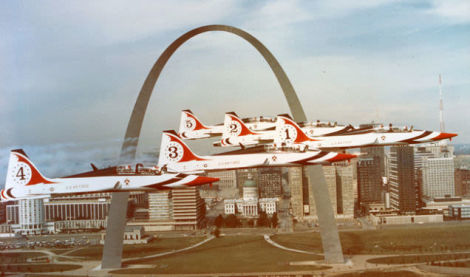
January 18, 1982 – Four USAF Thunderbirds are lost in a crash during a practice flight. Since the Thunderbirds began performing air shows in 1953, three Thunderbird pilots have been lost during an air show. But training accidents have claimed 18 lives, including an entire four-ship flight of Northrop T-38 Talons that crashed into the ground at the Thunderbirds’ Indian Springs, Nevada training area. The team was practicing a line-abreast loop when the lead pilot, Maj. Tom Lowry, experienced a jammed stabilizer that caused him to fly into the ground. The other pilots, following standard procedure, were fixed on the leader, and not looking forward. The four planes hit simultaneously, instantly killing all four pilots. After an 18-month hiatus from performing, the Thunderbirds transitioned back to frontline fighters and returned to the show circuit flying the General Dynamics F-16 Fighting Falcon.
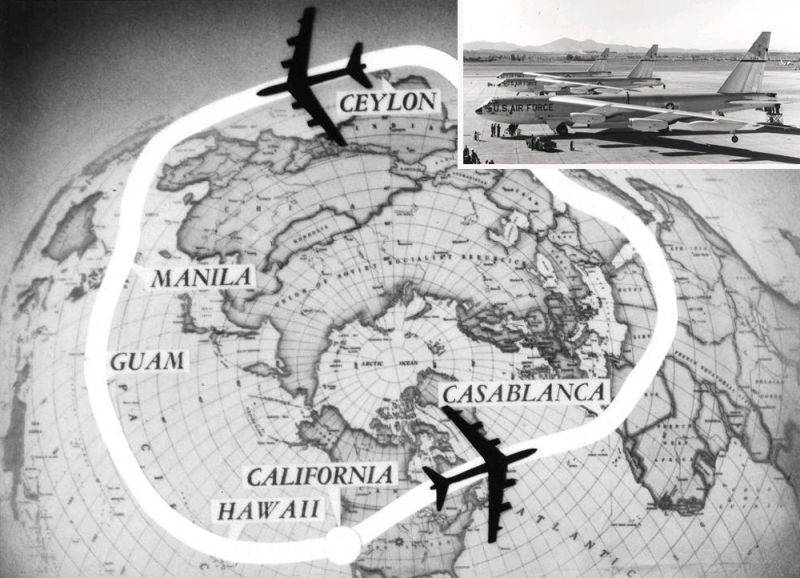
January 18, 1957 – Three USAF Boeing B-52B Stratofortresses complete the world’s first non-stop circumnavigation of the earth in a jet-powered aircraft. In a mission dubbed Operation Power Flite, five USAF B-52s from the 93rd Bombardment Wing (three, plus two spares) departed from Castle AFB in California on a flight that was as much about propaganda as it was about testing operational capabilities. With aerial refuelings provided by Boeing KC-97 tankers, the flight covered 24,235 miles and was completed in 45 hours and 19 minutes. Lt. Col. James Morris, the commander of the lead aircraft Lucky Lady III, had previously been copilot of Lucky Lady II, a Boeing B-50 Superfortress that circumnavigated the globe nonstop in 1949. Upon their return, Strategic Air Command General Curtis LeMay presented the B-52 crews with the Distinguished Flying Cross.
January 18, 1911 – Eugene Ely makes the first landing on a ship. After succesfuly taking off from USS Birmingham (CL 2) in Hampton Roads two months earlier, Ely, with the help of Glenn Curtiss and at the urging of the US Navy, made the first landing on a ship when he put his Curtiss Model D Pusher down on USS Pennsylvania (ACR 4) moored in San Francisco Bay. A 120-foot temporary deck was built on the ship, outfitted with ropes tied to sandbags to provide a crude arresting system. While thousands of spectators watched, Ely performed a flawless landing and, after lunch with the captain of Pennsylvania, Ely took off for the return flight to the Tanforan Race Track near San Francisco where he had taken off earlier in the day.
Connecting Flights
If you enjoy these Aviation History posts, please let me know in the comments. And if you missed any of the past articles, you can find them all at Planelopnik History. You can also find more stories about aviation, aviators and airplane oddities at Wingspan.

